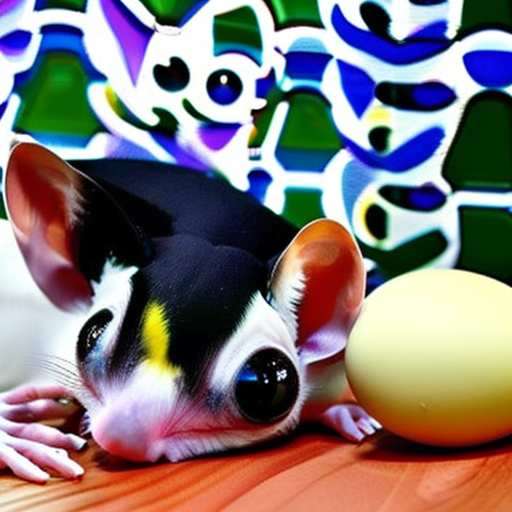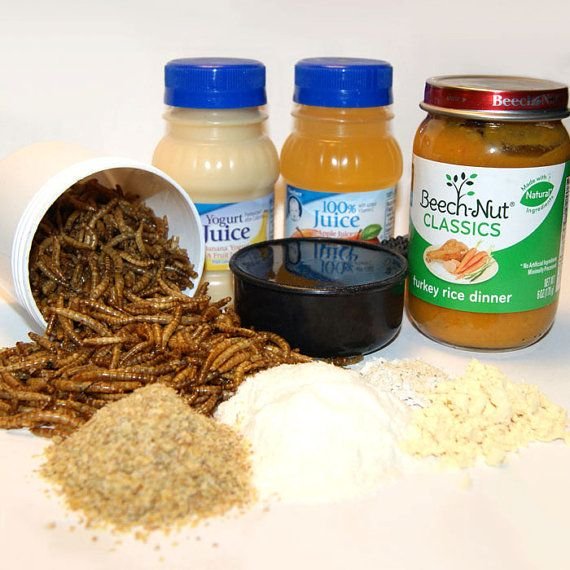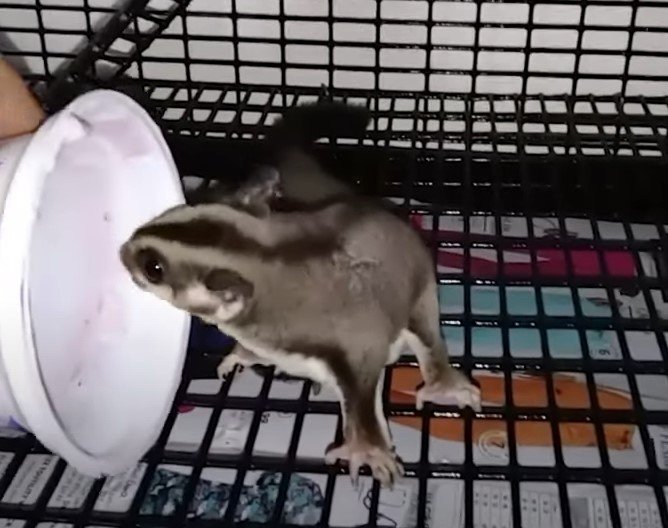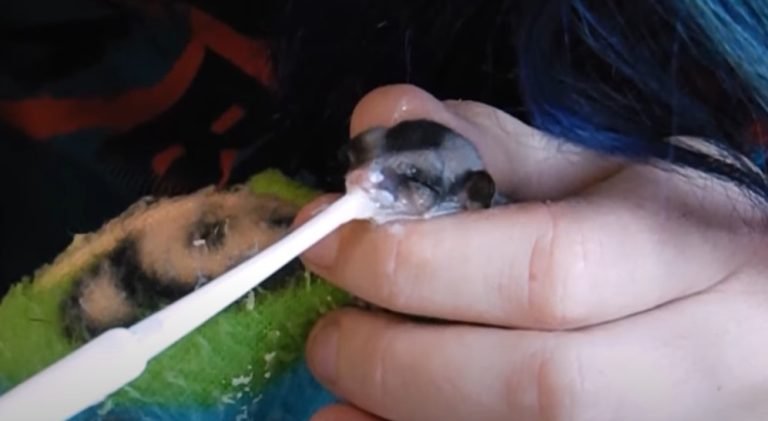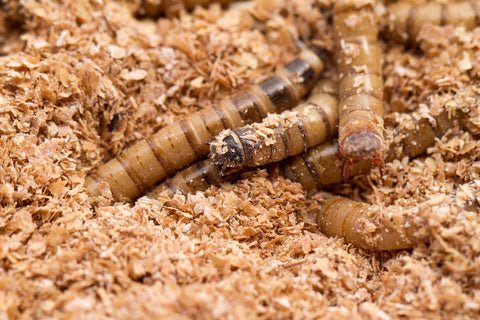Do Sugar Gliders Lay Eggs
Do sugar gliders lay eggs?
If you’re wondering about the reproductive habits of sugar gliders, you’re not alone. Many people are curious to know whether these adorable marsupials lay eggs like some other small mammals. The answer is quite simple: No, sugar gliders do not lay eggs.
The life of a sugar glider
Sugar gliders are native to the forests of Australia, New Guinea, and Indonesia. They are small, nocturnal creatures that belong to the family of marsupials. Like other marsupials, such as kangaroos and koalas, sugar gliders give birth to live young rather than laying eggs.
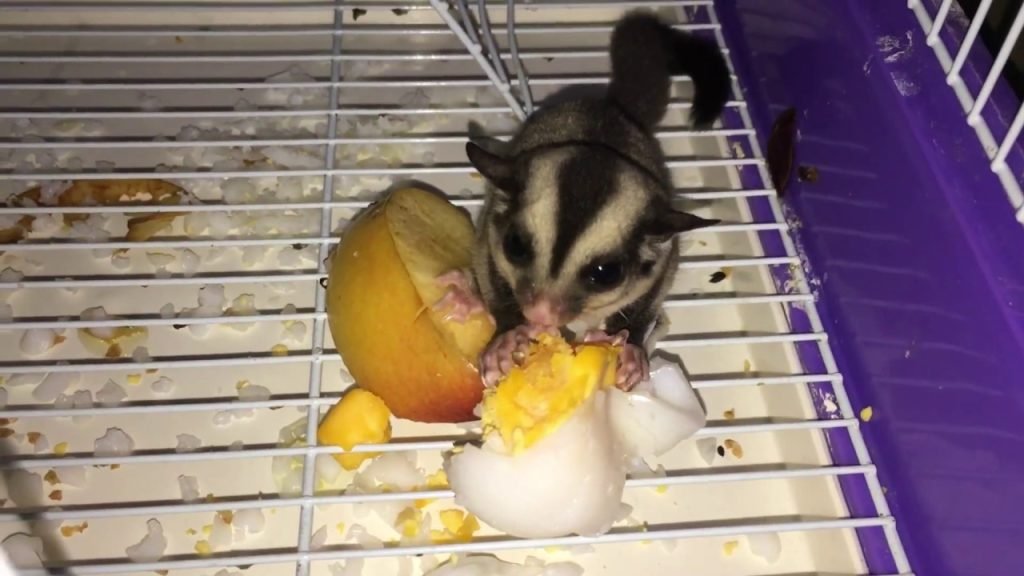
Marsupials vs. placental mammals
Unlike placental mammals, which include humans and most other mammals, marsupials have a unique reproductive system. After a short gestation period, a marsupial mother gives birth to relatively underdeveloped young. These joeys, as they are called, are tiny and hairless, weighing only about 0.2 grams. They are born into an external pouch on the mother’s abdomen, where they continue to develop and nurse until they are fully grown.
The sugar glider reproductive process
The reproductive process of sugar gliders is fascinating. Males and females typically reach sexual maturity at around 4 to 12 months of age. During breeding season, which can vary depending on the region, males engage in a courting ritual to attract females. This involves scent marking, vocalizations, and gliding displays.
Once a female has chosen a mate, the pair will engage in mating behavior that can last several hours. After mating, the female has the ability to store sperm for up to two years, allowing her to delay fertilization until conditions are optimal for raising young.
Pregnancy and birth
Sugar gliders have a relatively short gestation period of around 15 to 17 days. After this brief period, the female gives birth to one or two tiny joeys. The joeys are born with their eyes closed and are completely dependent on their mother for survival.
The mother sugar glider has a pouch that serves as a nursery for her young. She will carry and nurse the joeys in her pouch for several weeks until they are big enough to venture out and explore on their own. During this time, the joeys will continue to nurse and develop.
Parental care and development
Both the mother and father sugar gliders play an active role in raising their young. The mother provides milk for the joeys and keeps them warm and protected in her pouch. The father also helps with parenting duties, including carrying the young when the mother needs a break.
As the joeys grow, they will gradually spend more time outside of the pouch and start to explore their surroundings. They will continue to nurse for up to 10 weeks and receive guidance and protection from their parents.
Frequently Asked Questions
1.: Can sugar gliders lay eggs?
No, sugar gliders do not lay eggs. They are marsupials and give birth to live young.
2.: How many babies do sugar gliders have at a time?
Sugar gliders typically give birth to one or two joeys at a time.
3.: How long does it take for baby sugar gliders to leave the pouch?
Baby sugar gliders will spend around 8 to 10 weeks in their mother’s pouch before they start to venture out and explore on their own.
4.: Are male sugar gliders involved in raising the young?
Yes, male sugar gliders play an active role in raising their young. They help with carrying and protecting the joeys, giving the mother a break when needed.
5: How long do sugar gliders live?
Sugar gliders have an average lifespan of 10 to 15 years in captivity. In the wild, their lifespan may be shorter due to various factors such as predation and habitat conditions.
Final Thoughts
While sugar gliders may share some similarities with other small mammals, such as their nocturnal habits and ability to glide, their reproductive process sets them apart. These adorable marsupials do not lay eggs like some other mammals; instead, they give birth to live young and raise their joeys in their pouches. The unique reproductive system of sugar gliders adds to their charm and makes them even more intriguing to learn about.

